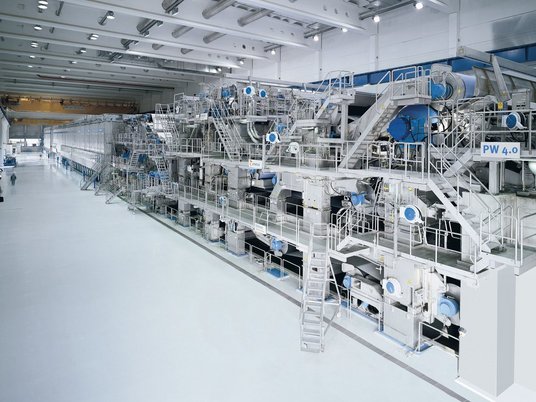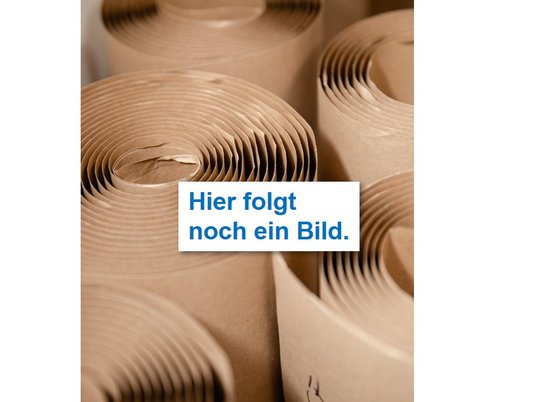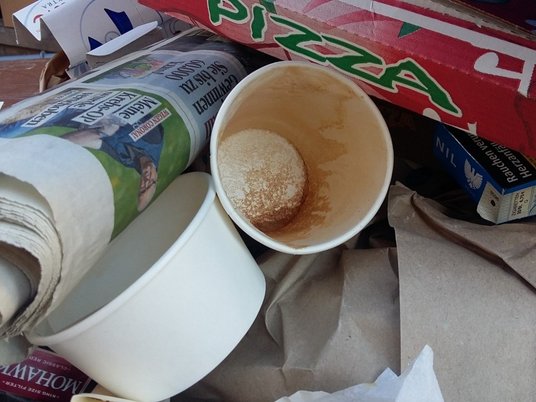
Surface Charge
The determination of the surface charge is carried out according to PTS method RH-102/2009. The term "surface charge" refers to the totality of charge carriers on the surface of fibrous materials, fillers and microcolloids that are accessible to polymeric compounds. In a fibrous material, the charge carriers are mainly carboxylic and sulfonic acid groups.
The test method is a polyelectrolyte back titration. The sample to be tested is reacted with an excess of a cationic polyelectrolyte. The solid of the sample is then separated and the unused amount of the cationic polyelectrolyte is back-titrated with a solution of an anionic polyelectrolyte in the particle charge detector (PCD) and the surface charge is determined.
The surface charge is a measure of the maximum amount of cationic polyelectrolyte (e.g. wet strength agent, fixing agent or retention agent) that can be adsorbed onto the material.
Mechanical treatment of the pulp, such as refining, increases the specific surface area of the pulp and the surface charge increases accordingly.




